Building of the Day: 154 Lawrence Avenue
Brooklyn, one building at a time. Name: Originally 72nd, then 74th, now 70th Precinct House, NYPD Address: 154 Lawrence Avenue Cross Streets: Ocean Parkway and Seton Place Neighborhood: Kensington Year Built: 1904 Architectural Style: Renaissance Revival/Beaux Arts Architect: Washington Hull Other Buildings by Architect: Grace Church Reading Room in Brooklyn Heights, Clark Mansion in Manhattan…

Brooklyn, one building at a time.
Name: Originally 72nd, then 74th, now 70th Precinct House, NYPD
Address: 154 Lawrence Avenue
Cross Streets: Ocean Parkway and Seton Place
Neighborhood: Kensington
Year Built: 1904
Architectural Style: Renaissance Revival/Beaux Arts
Architect: Washington Hull
Other Buildings by Architect: Grace Church Reading Room in Brooklyn Heights, Clark Mansion in Manhattan (demolished)
Landmarked: No
The story: Architect Washington Hull only designed a few buildings in Brooklyn. This was one of them. He won the commission in 1902, but the precinct house, prison and stable complex for the 72nd Precinct did not go into construction until 1904. Ironically, one of the first buildings in this young architect’s career turned out to be one of his last. Here’s the story:
The old 72nd Precinct house was on Coney Island Avenue and was thought by many to be haunted. Many officers there swore that the building was a “hoodoo station,” as they called it, with a curse on it that had caused the deaths of several patrolmen over the years. They said the building was haunted by the ghosts of past prisoners, and they pointed to the recent death of the precinct’s Captain Short, while in command of that station, as proof of the curse. Sources show the captain died from more mundane causes, but why let that interrupt a good story?
The city bought land in the neighborhood of Parkville for a new station house. They had a contest, and Washington Hull’s design was chosen for the new building. He won that contest in 1902, right before he won the contest to design the new Municipal Building for the borough of Brooklyn. That story is being told in today’s Walkabout.
Parkville was settled in 1851 from land purchased from William Bennett’s Gravesend farm by the United Freemen’s Association, a group of Temperance-minded farmers, most of whom were Irish. They settled in this area, which is now part of Kensington. The Association built a church in 1853, which also served as a school. It was in use until about the turn of the century, when PS 134 was built. The city bought the lot and in 1904, tore down the old church building. Then everyone waited for the new precinct to be built. The 72nd eventually left the “haunted” Coney Island Avenue building, and settled into a building that had formerly been an inn while they waited for the city to finish their new home.They ended up staying there for three years.
The construction took 6 years. The precinct had been waiting for seven. There were budget delays, material delays, the usual New York City building delays, cost overruns, etc. Architect Hull was a perfectionist, and he caused a few delays himself when he fired one contractor who wasn’t performing up to snuff, and had him replaced with another. The building took so long, Mr. Hull never saw it completed. He died in 1909. The building opened for business in in April of 1910.
When it did open, it was a state of the art police facility for the time. The men had a shower room, multiple bathrooms, a wet room where they could hang up wet coats and boots, and a recreation room. The building had a stable at one end, which could hold 14 horses, with plans to expand it for more. They also had both men’s and women’s cells, that was something new, and large dormitories upstairs on the top two floors that could hold 104 men. In those days, you were a cop 24 hours a day, with only one day off, so many men literally lived in the precinct house. Ironically, almost all of the furniture in the precinct house, from the iron beds to the dressers and tables had been built by prisoners at Auburn Prison, some of whom were sent there by the officers of that precinct.
Over the course of the years, the precinct changed station numbers from the original 72nd Precinct, to the 24th by the 1920s, and finally to the 70th, which it remains today. Today, the precinct house serves the neighborhoods of Prospect Park South, Caton Park, Ditmas Park, the Beverly Squares, Midwood Park, West Midwood, Fiske Terrace, Manhattan Terrace and Midwood.
(Photo:Kate Leonova for Property Shark)



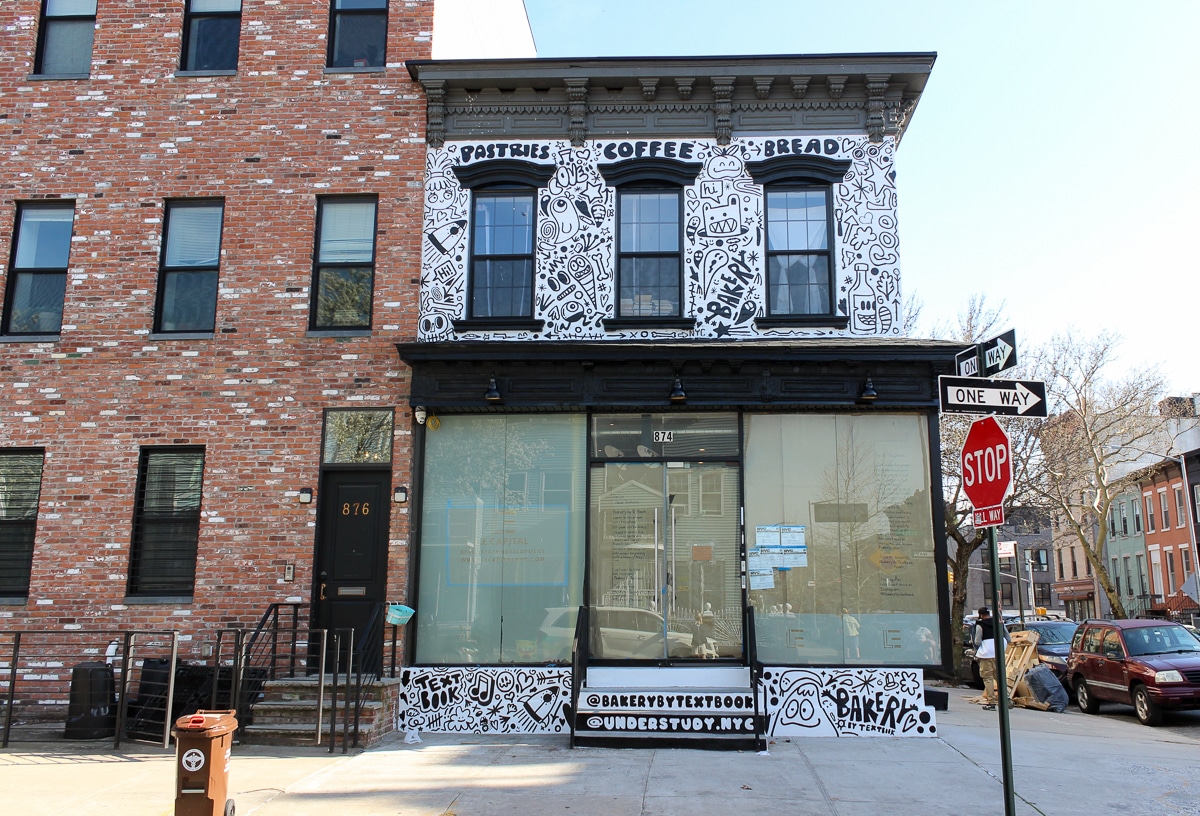
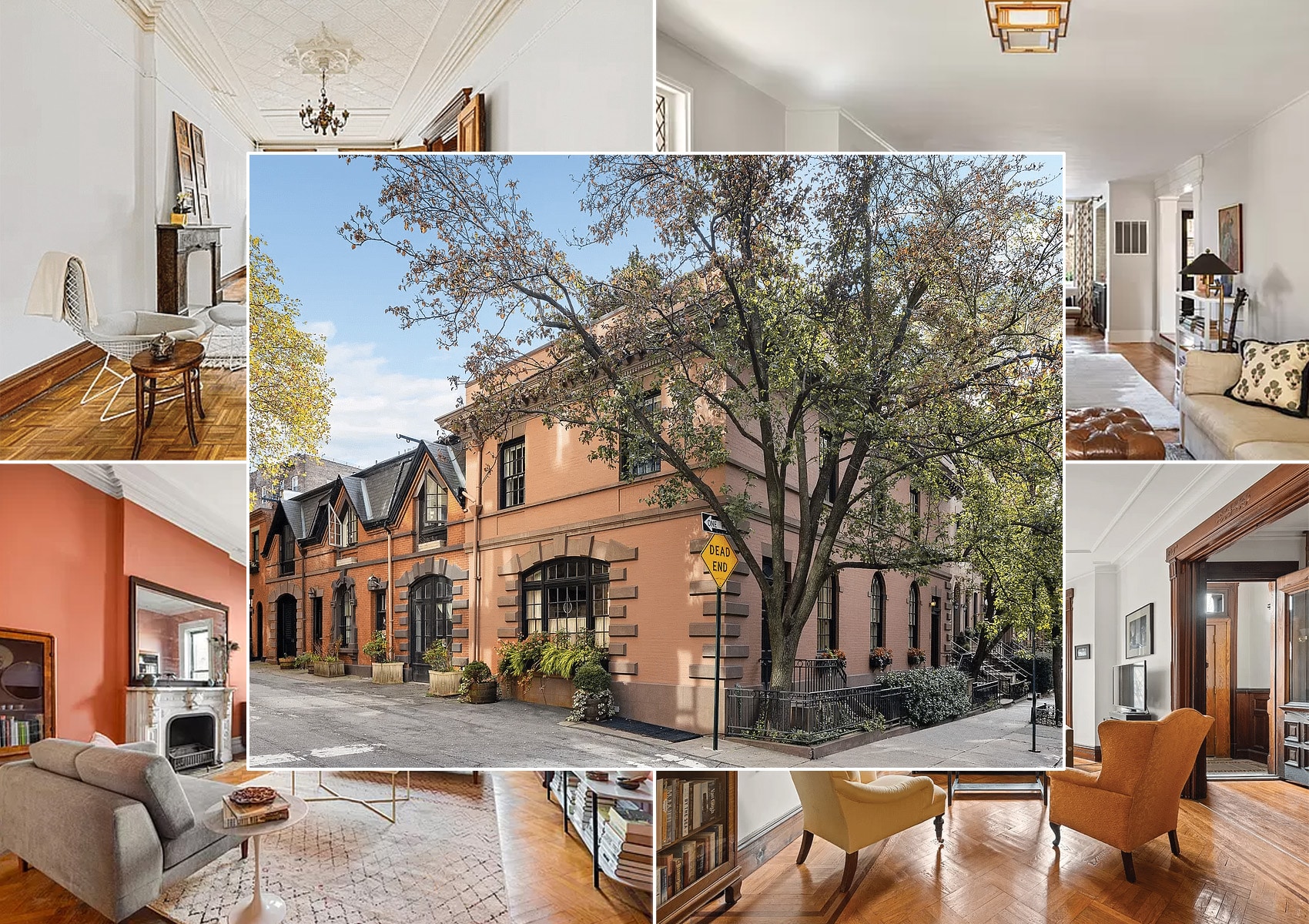
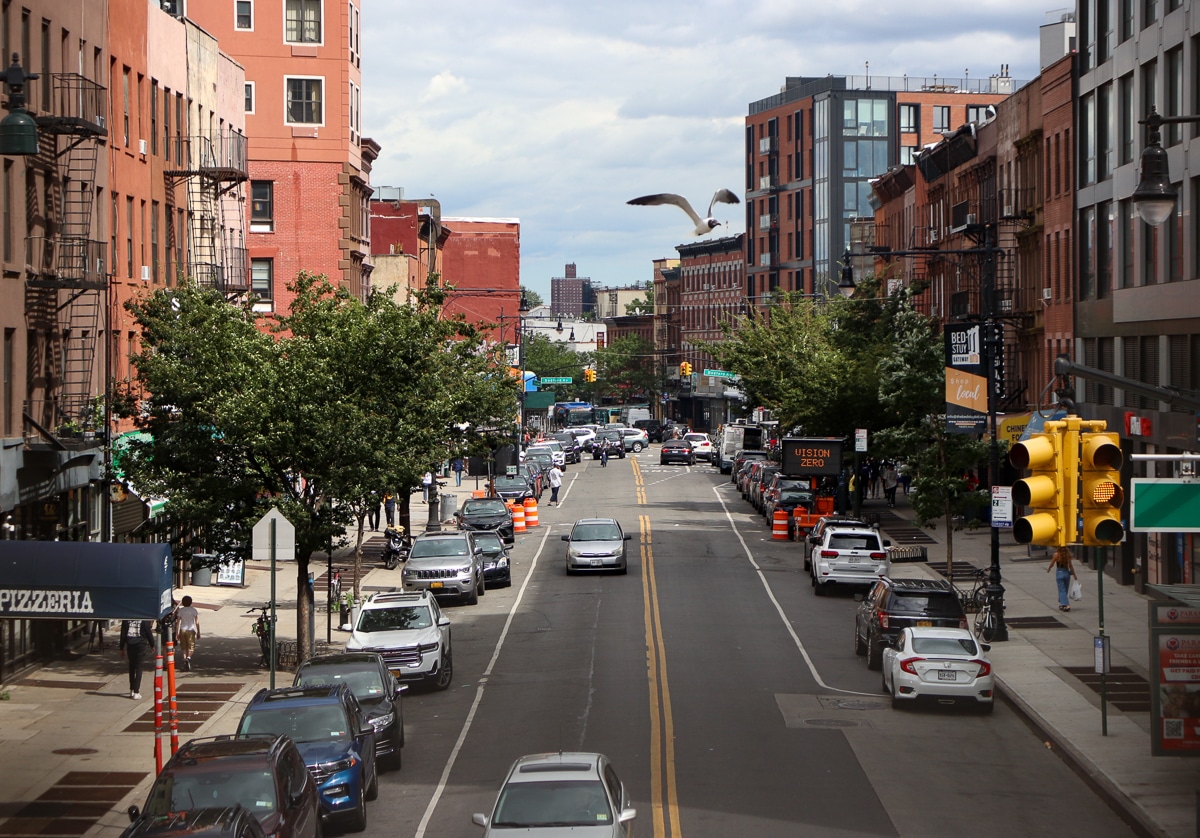
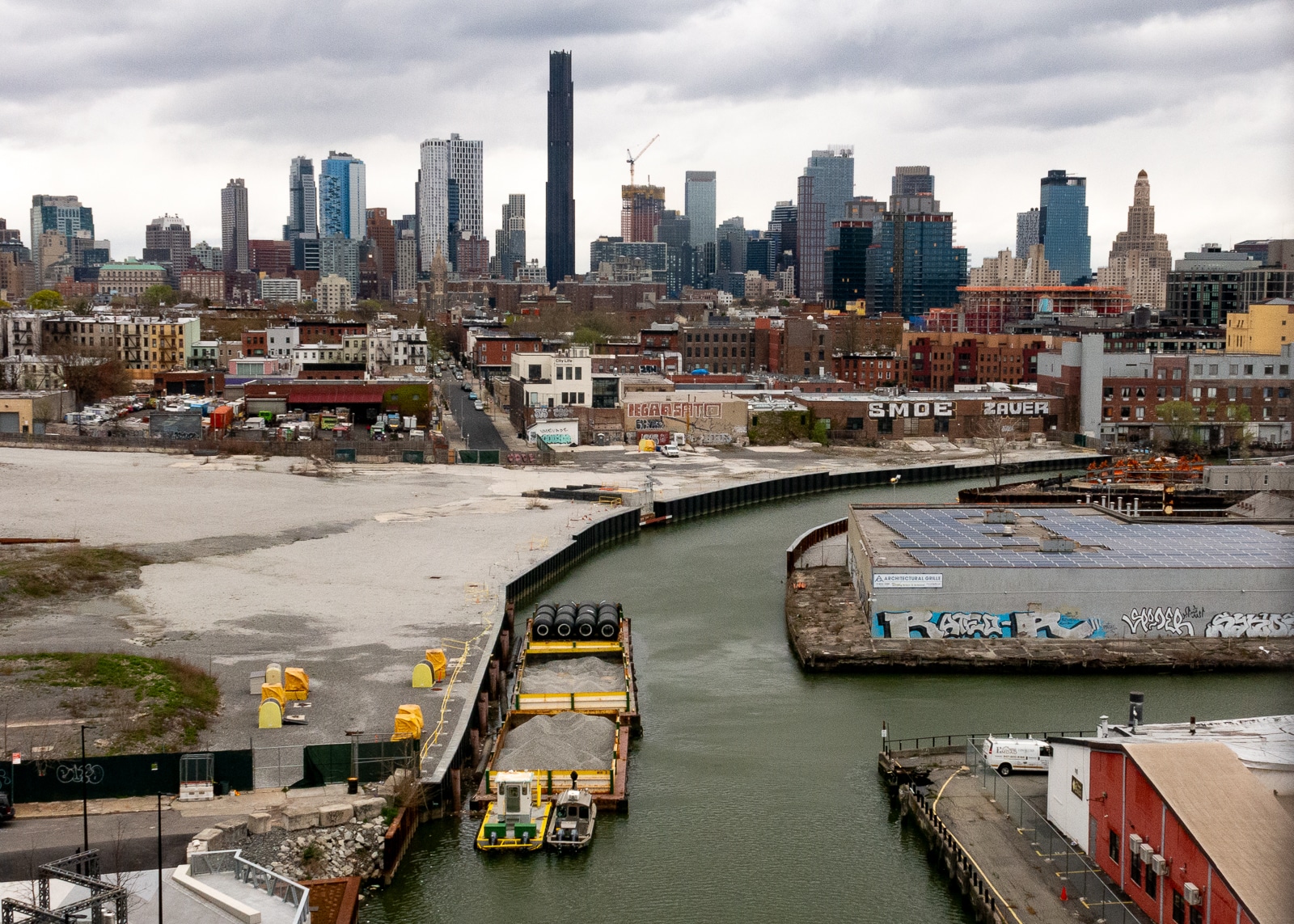

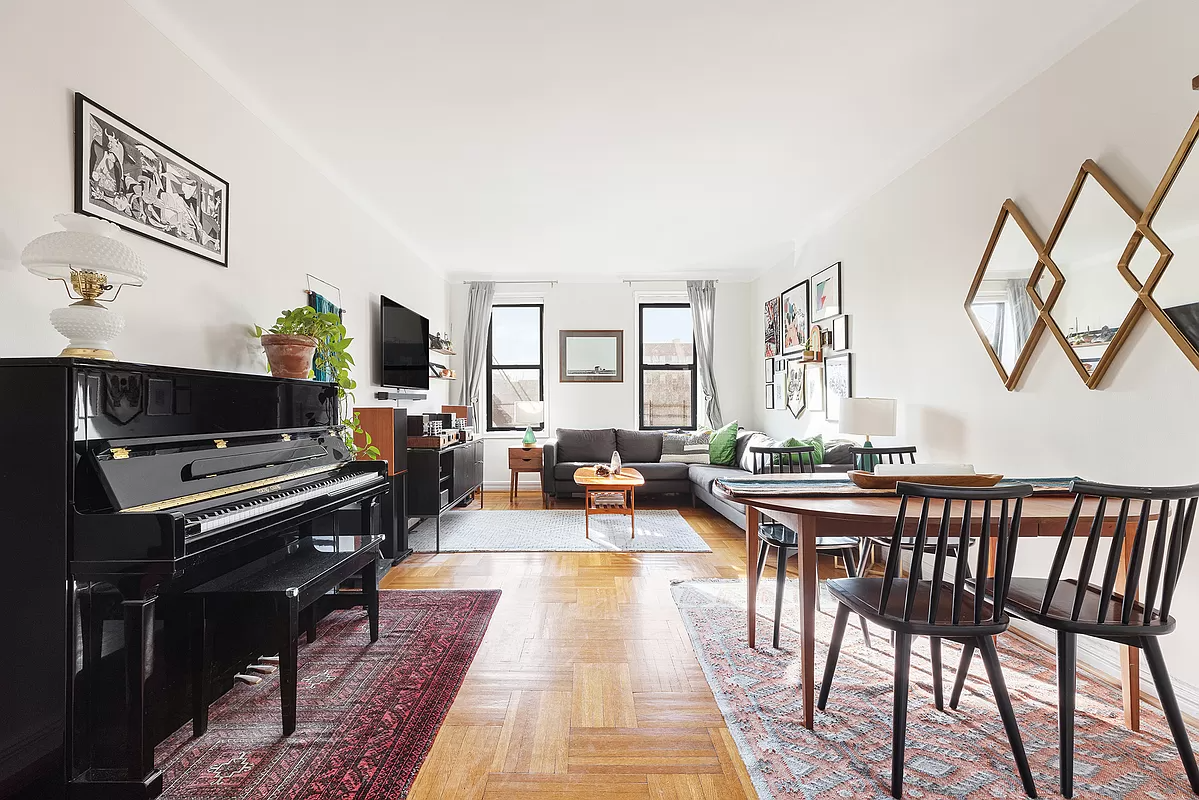


What's Your Take? Leave a Comment